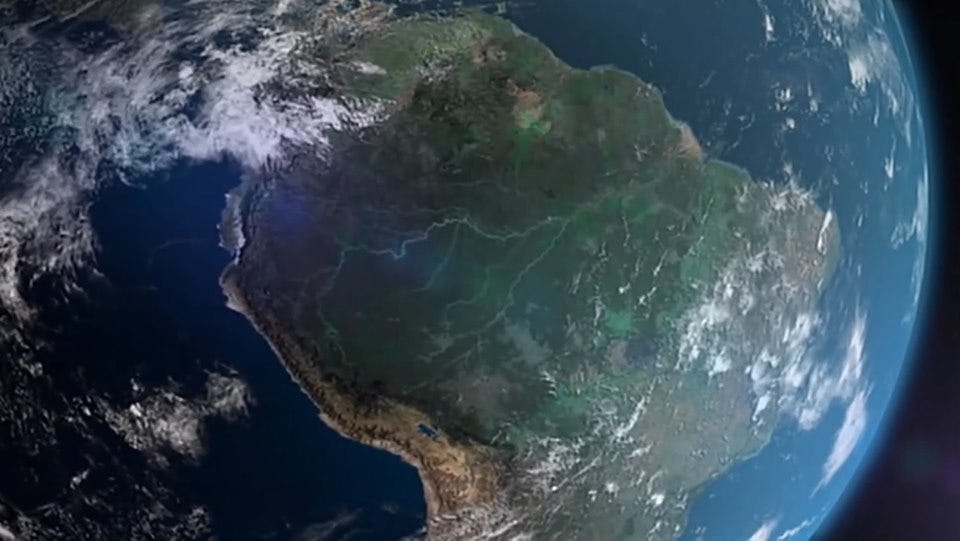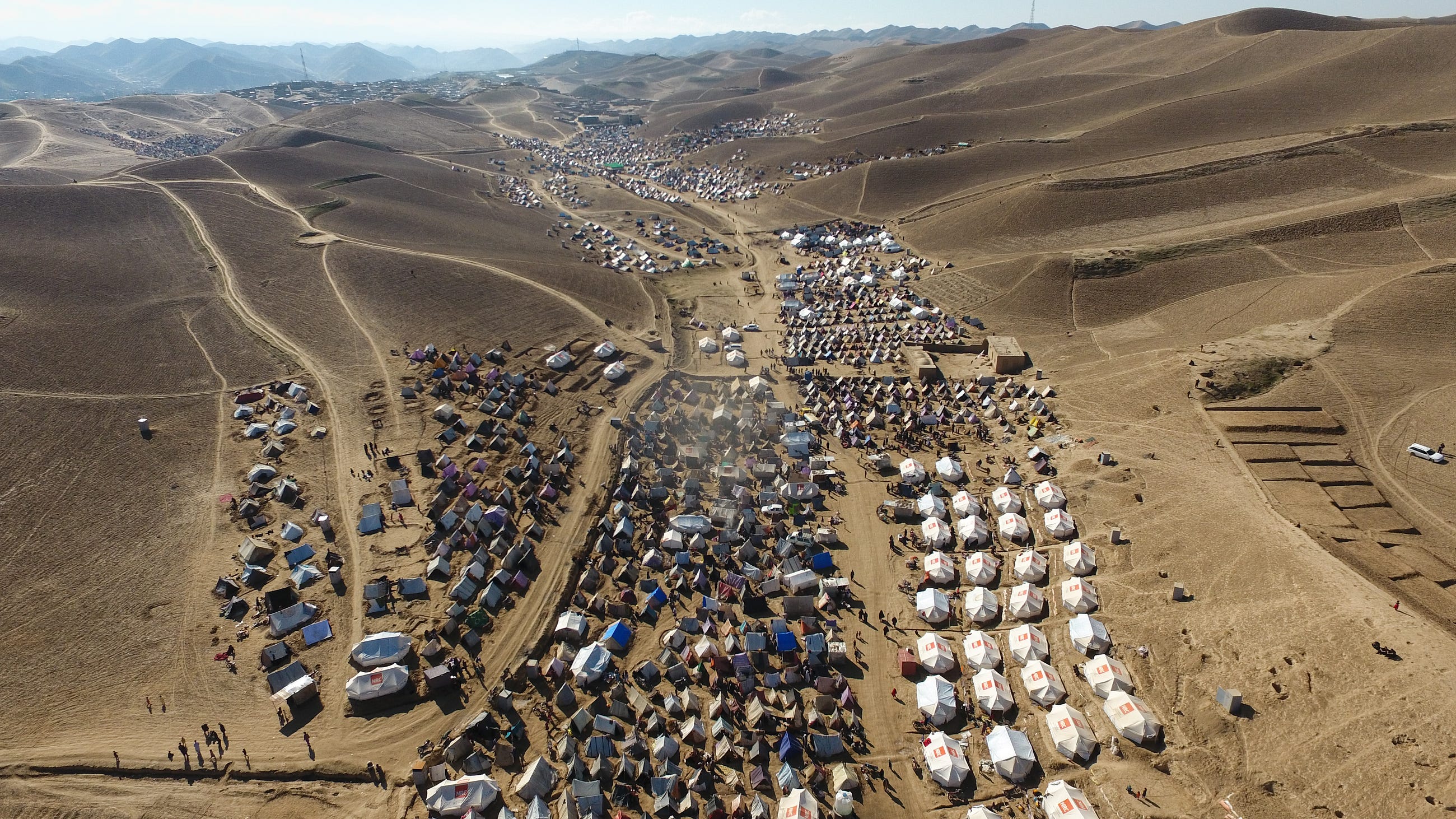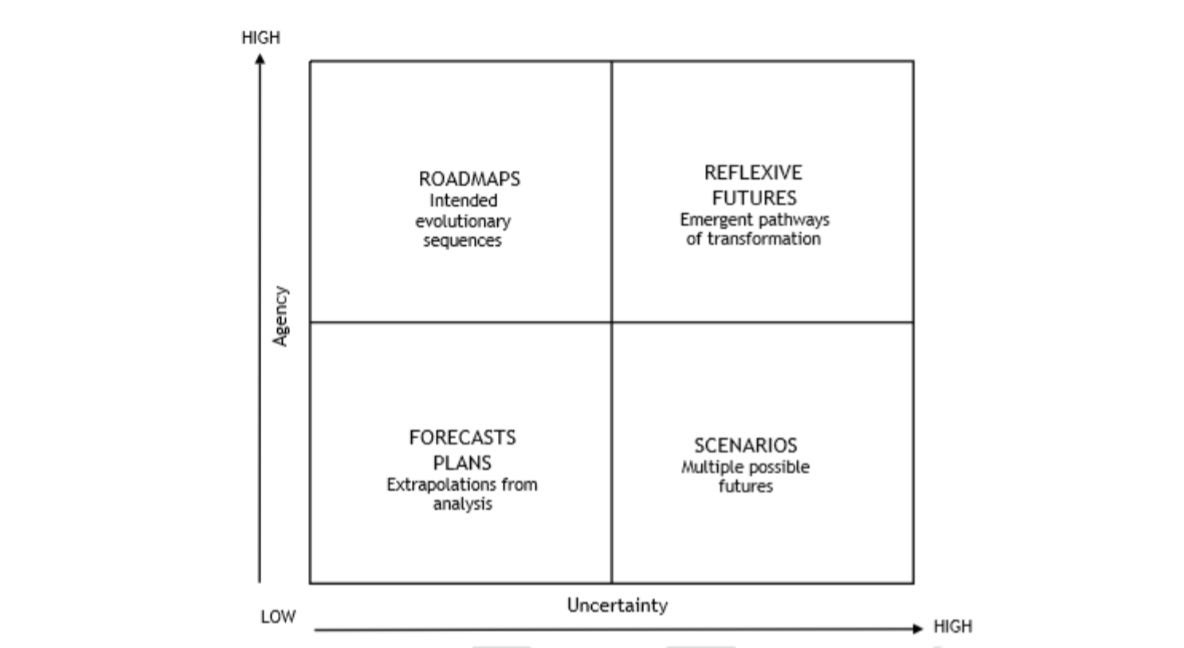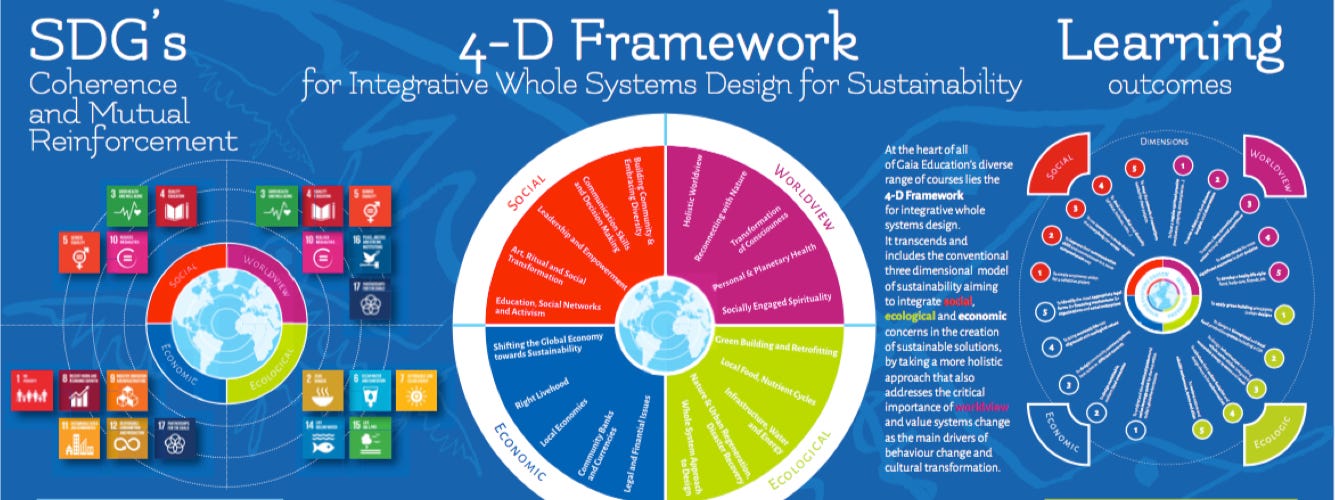“It is to cities what flour is to bread, what cells are to our bodies: the invisible but fundamental ingredient that makes up the bulk of the built environment in which most of us live.“
— Vince Beiser, author of “The World in a Grain: The Story of Sand and How It Transformed Civilization”
Think of a valuable resource. What images come into your mind’s eye? Maybe oil? Water? Perhaps you looked at a ring on your finger and thought of gold. All of these are valuable resources, it’s true.
Now, what if I told you sand was also an incredibly rare and precious resource? It may sound absurd, especially if you’ve been anywhere near a beach or desert lately, but the world is running out of sand. A crucial material in everything from cellphones to high-rises, the resource is being used up faster than it can replenish itself, sparking environmental concerns and community conflicts. Some are even willing to kill for it.
You may not realize it, but nearly everything around you is built with sand. The concrete your apartment, condo, or house is made out of was mixed with sand. The glass windows you look through to see what the weather looks like — those were made with sand as well. The cellphone or computer you’re reading this on — the silicon chips in them are made with sand. The road you travel on to work — sand as well. If you live in any kind of urban setting, it is constructed with sand.
Sand Isn’t as Plentiful as You Think
…click on the above link to read the rest of the article…


















